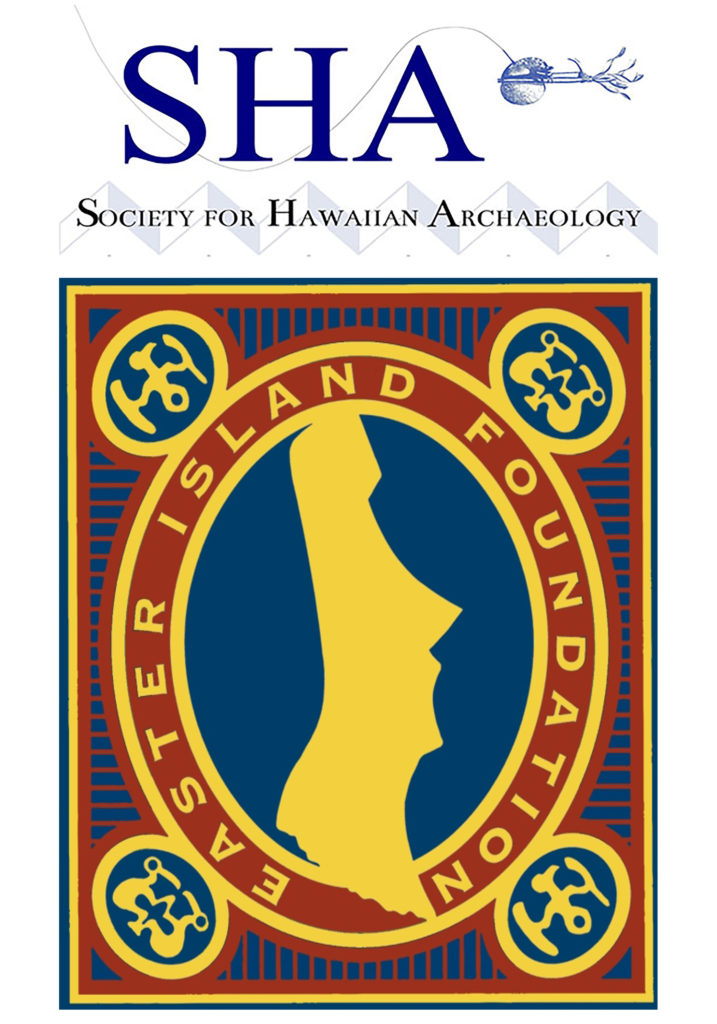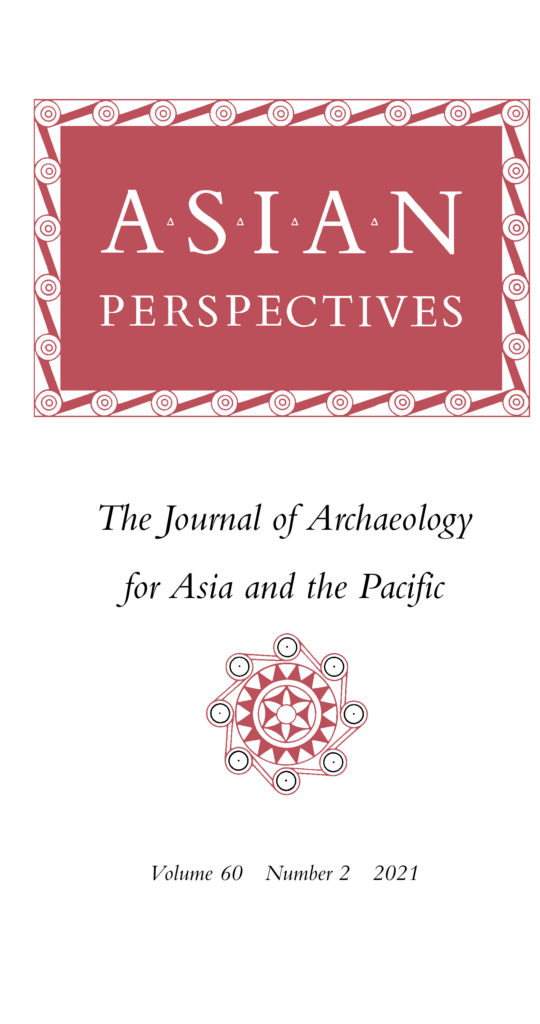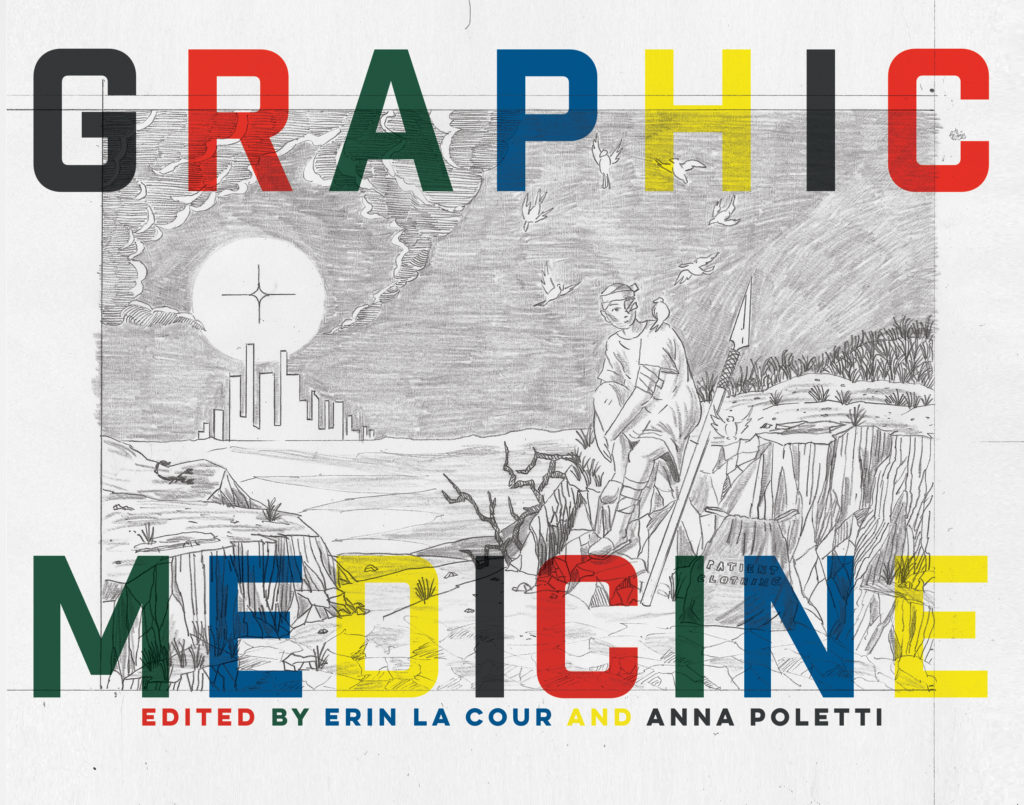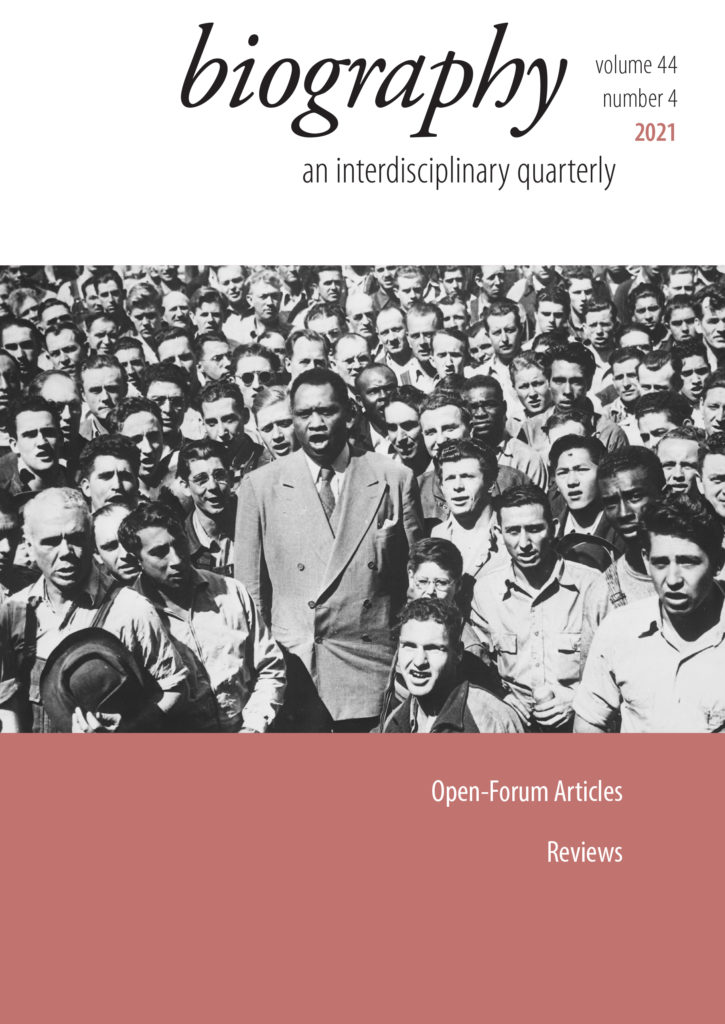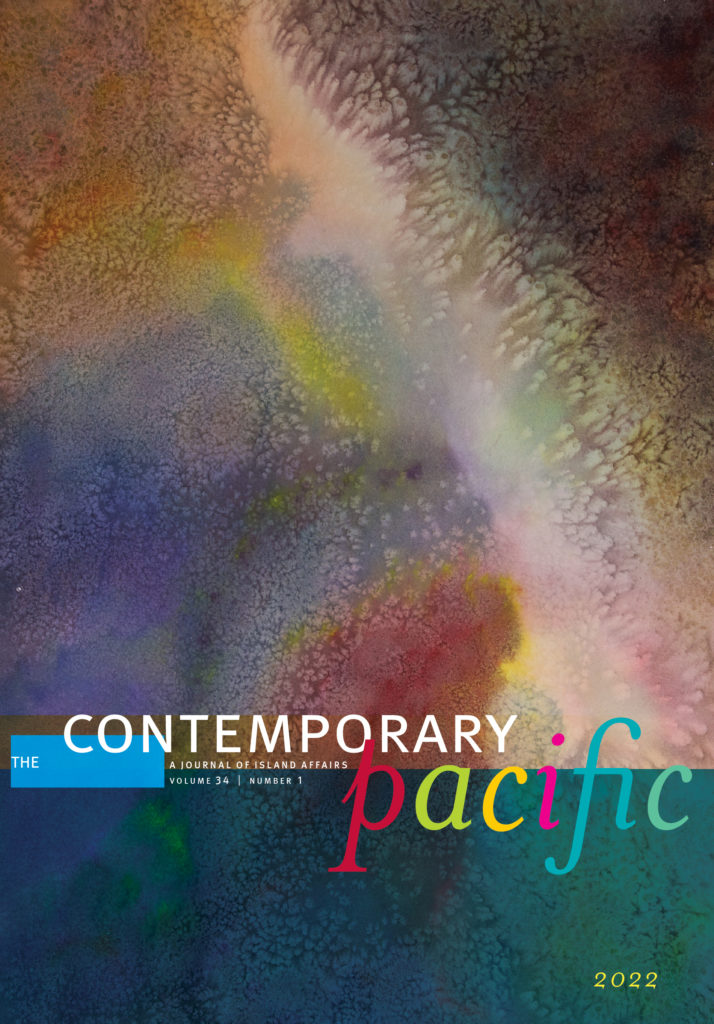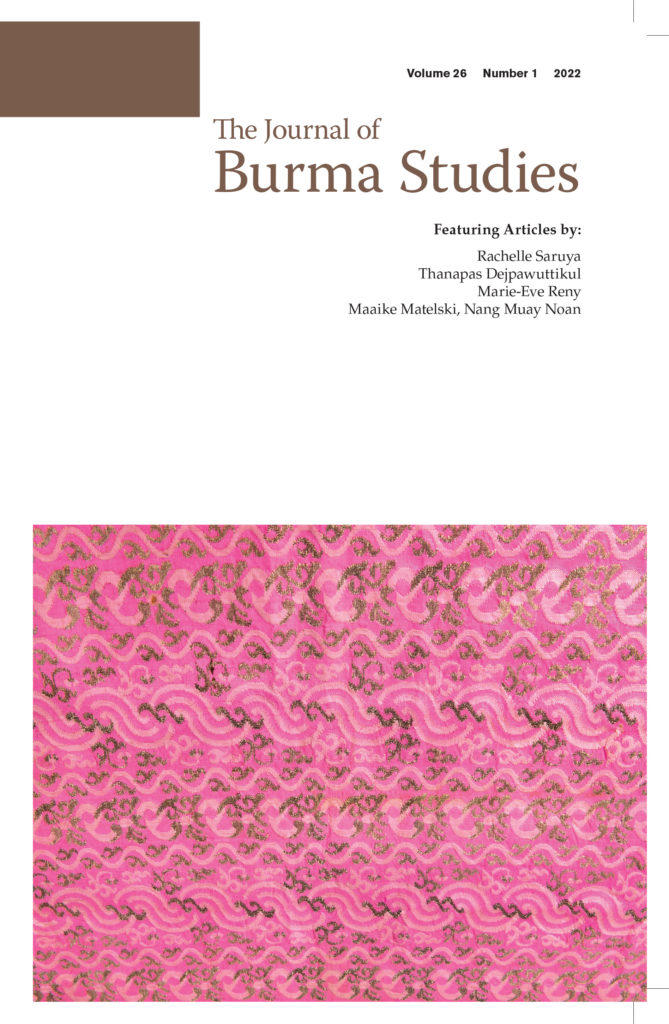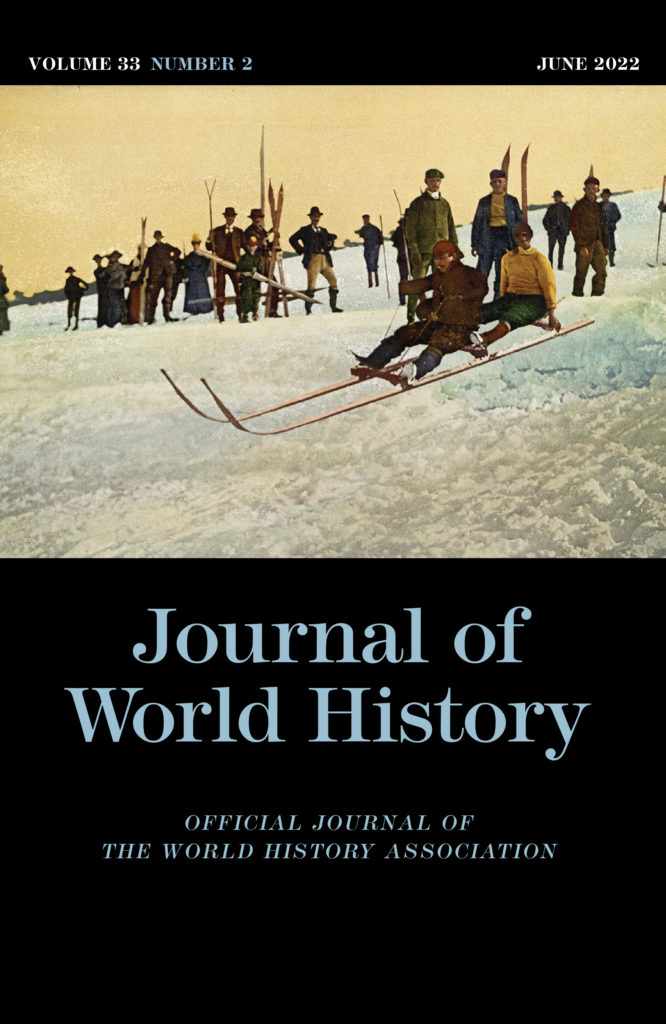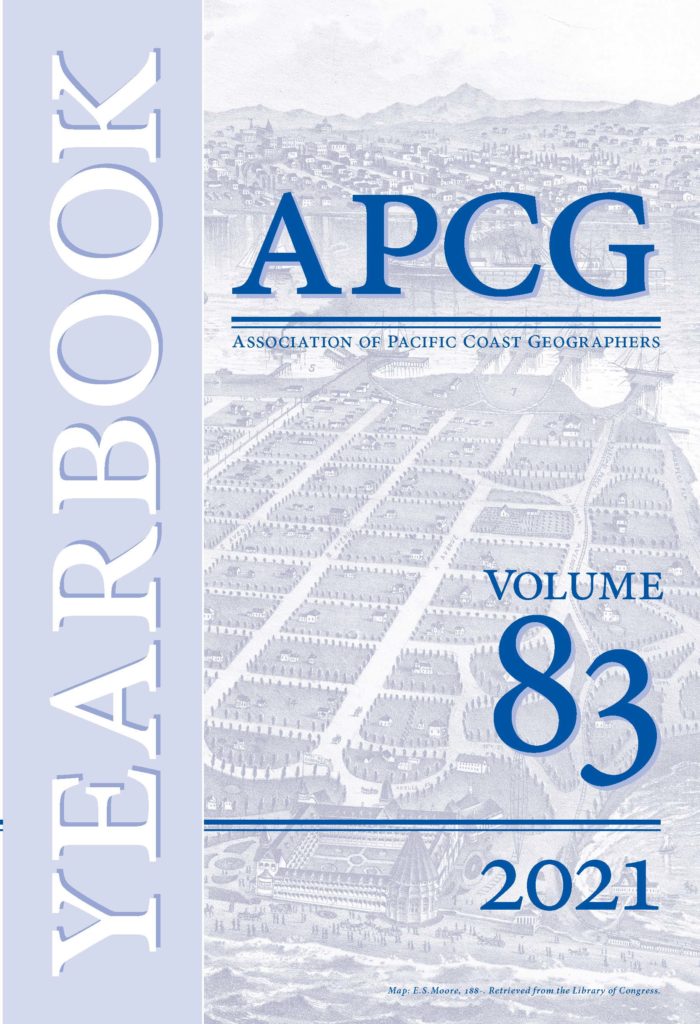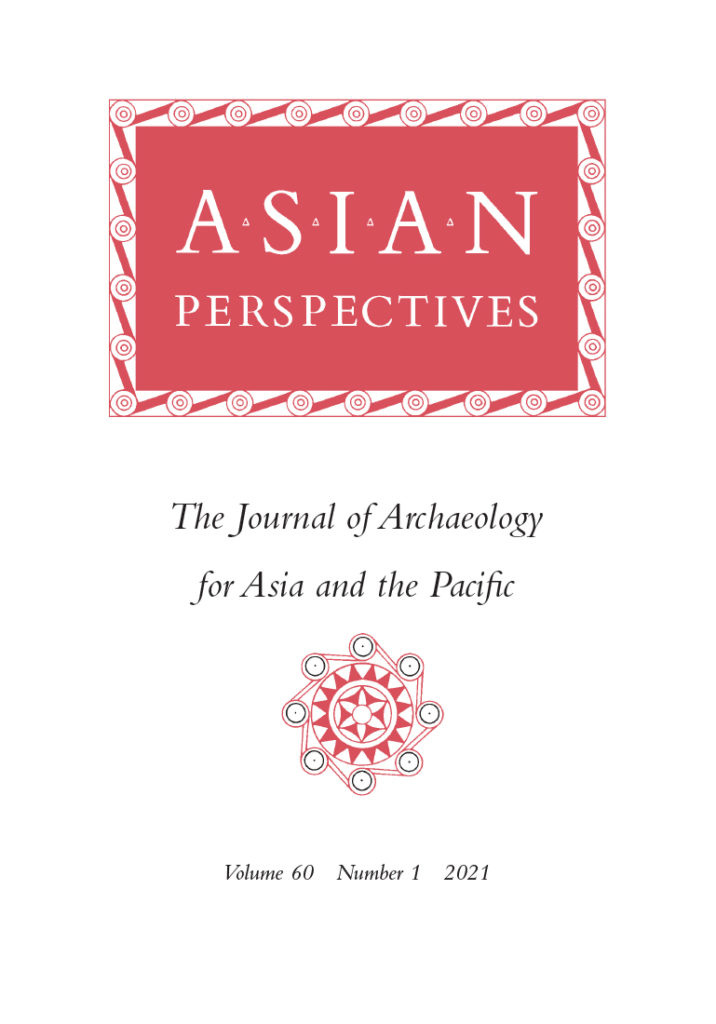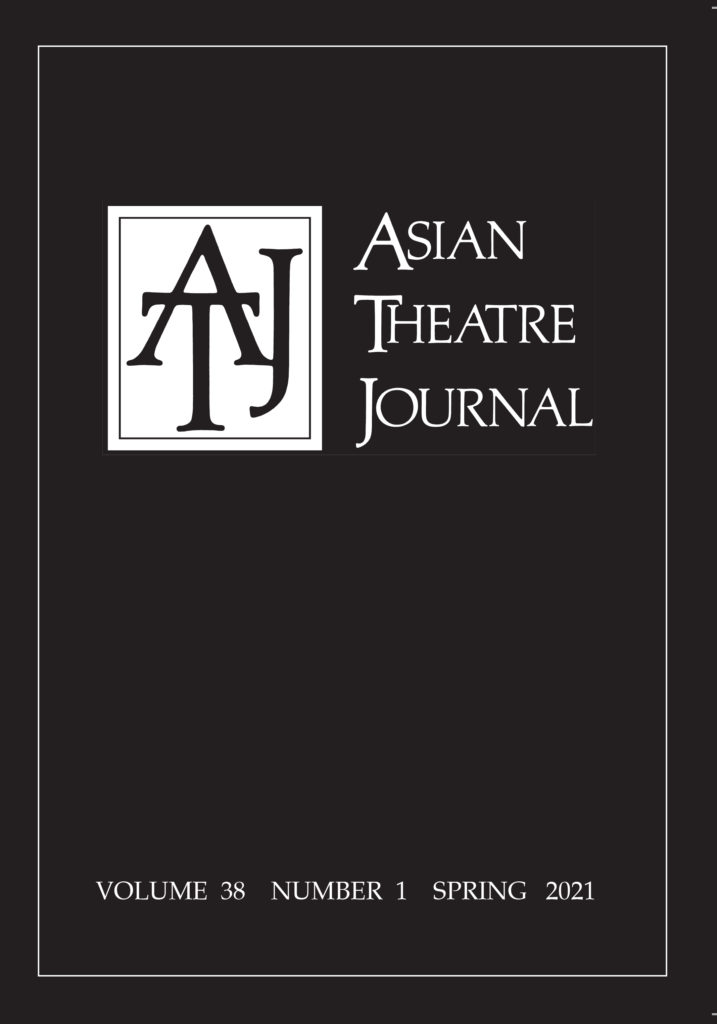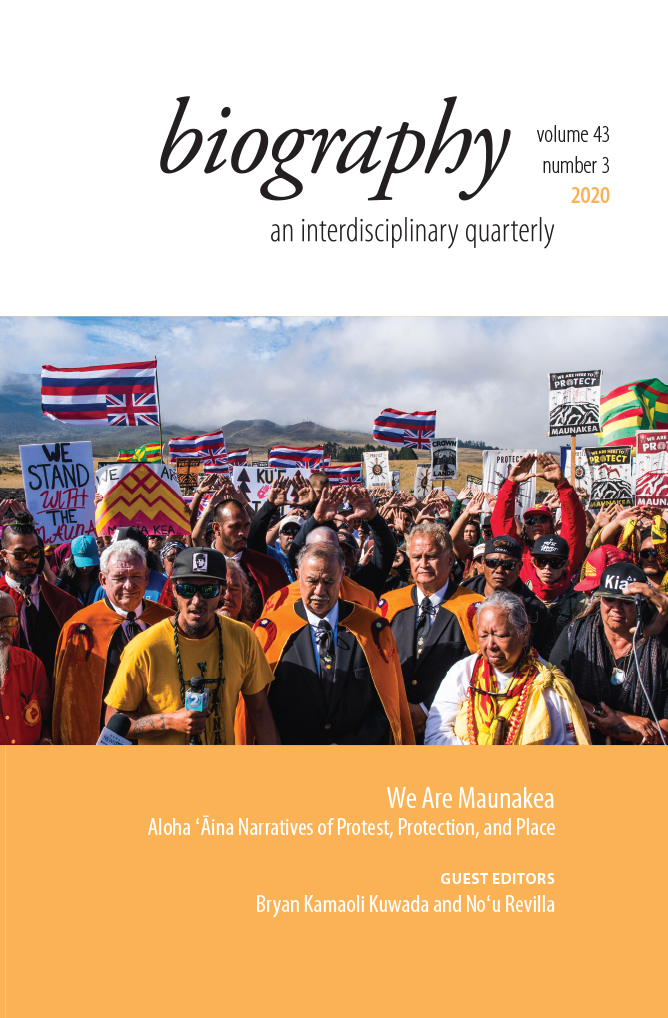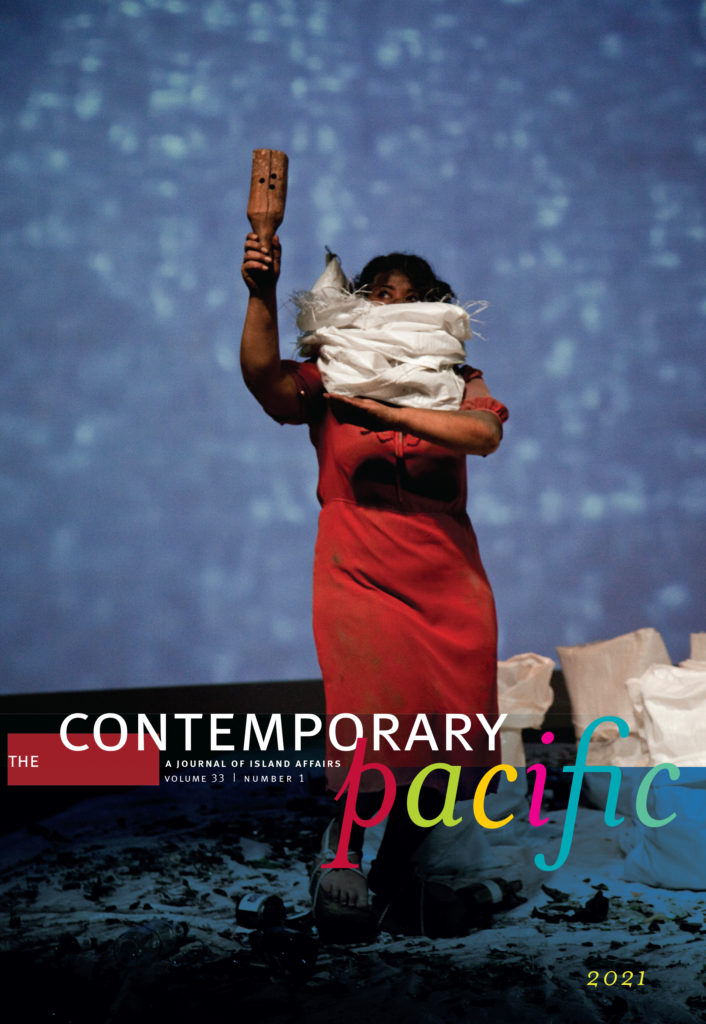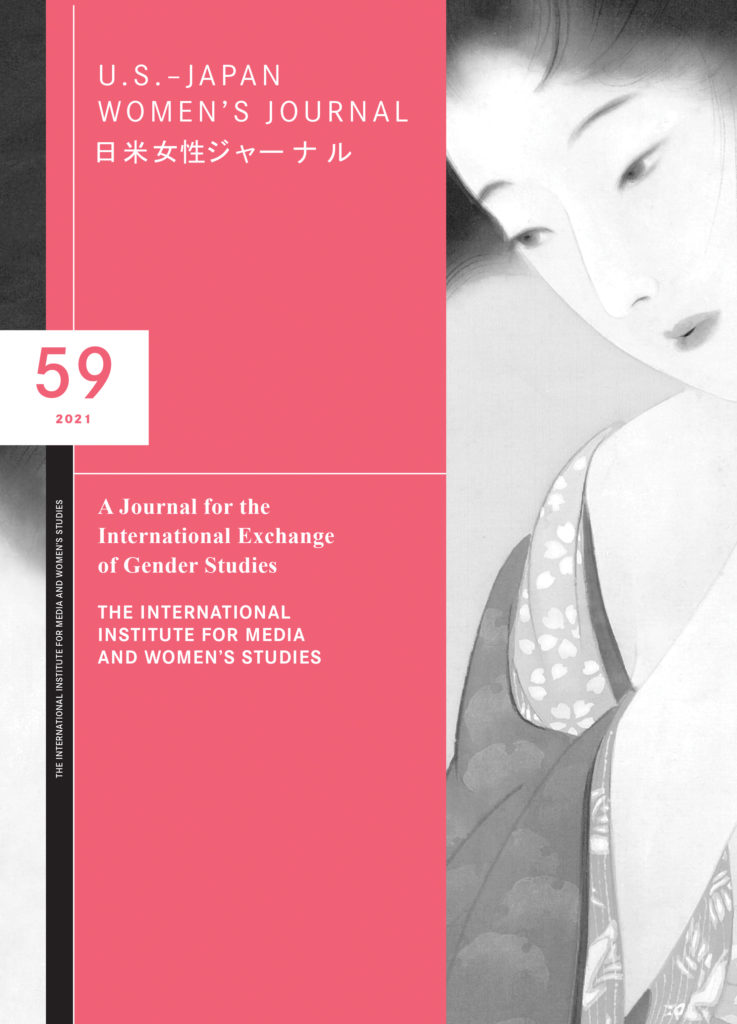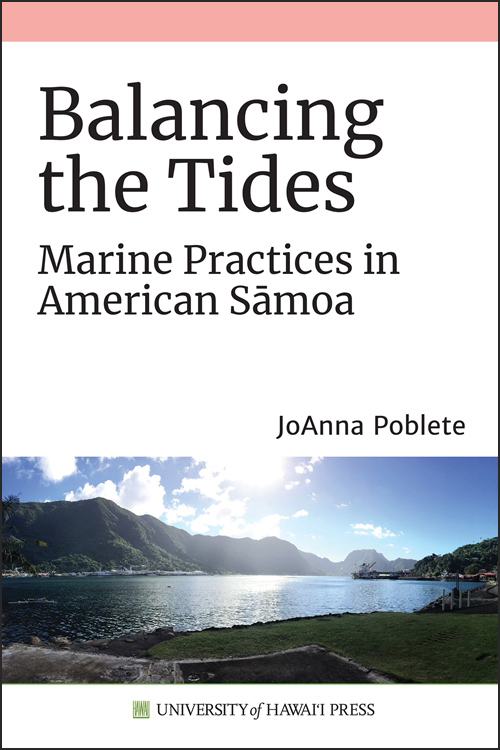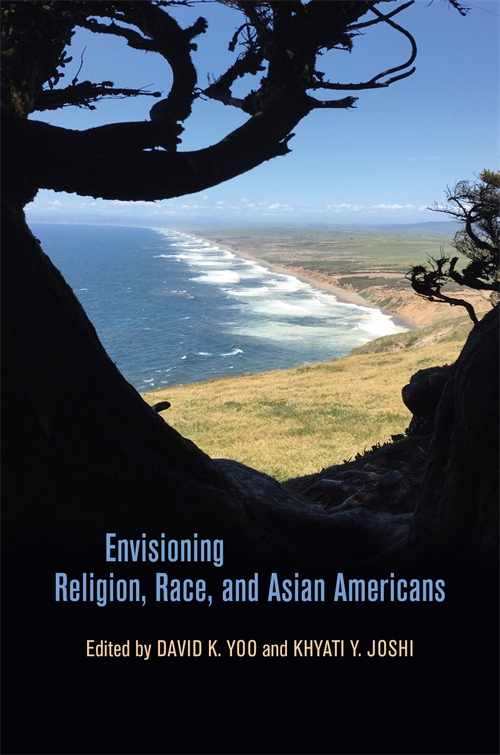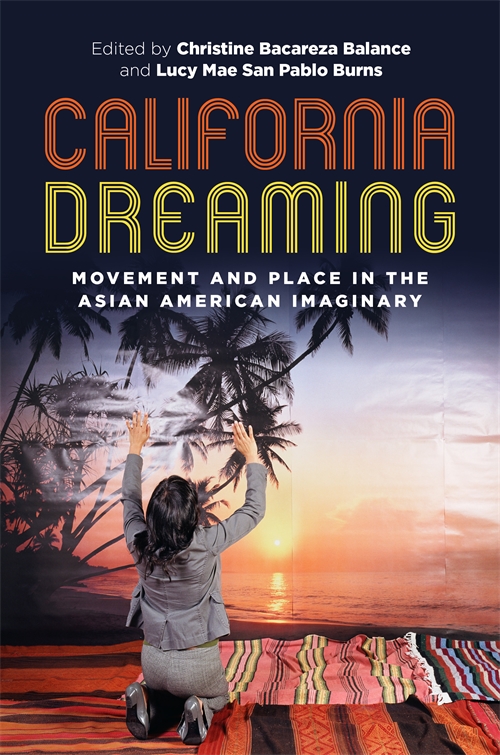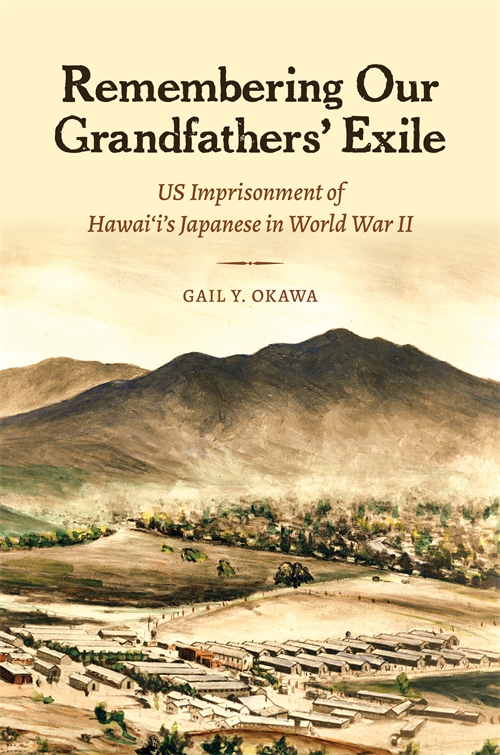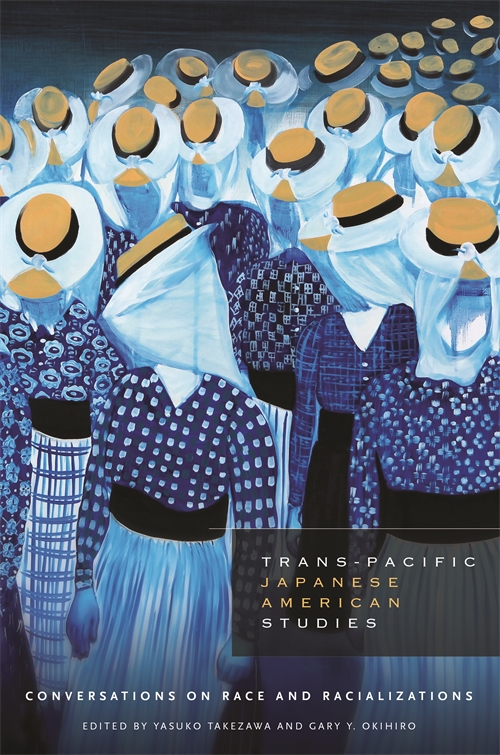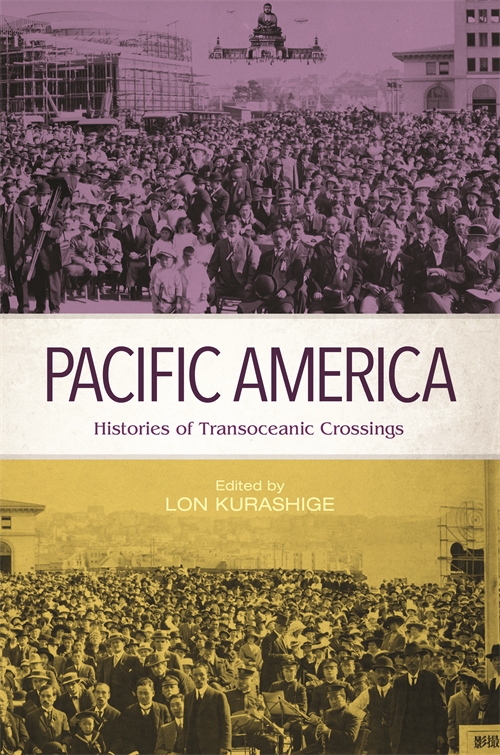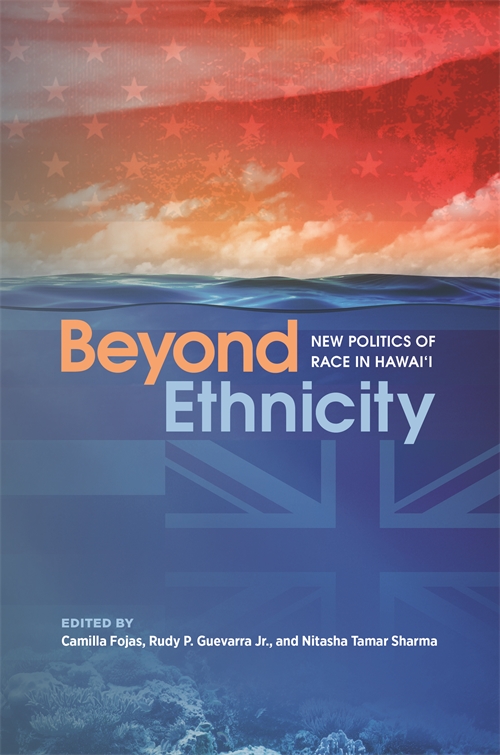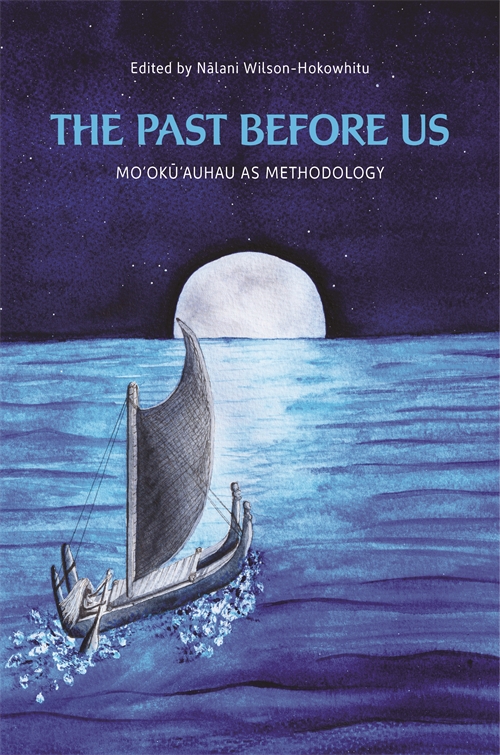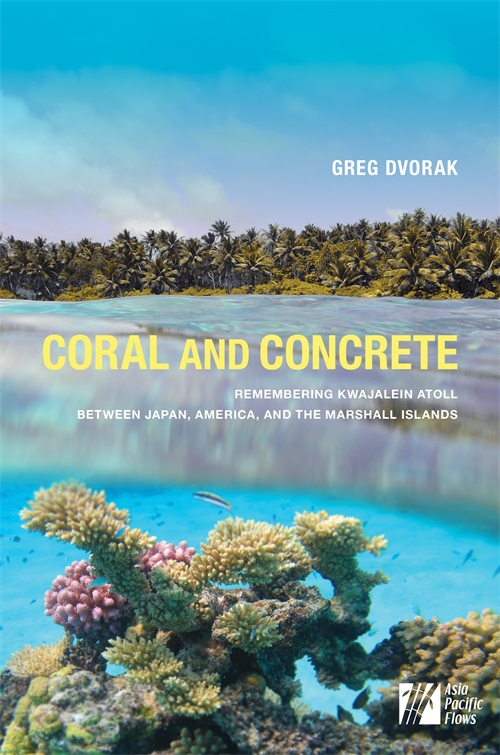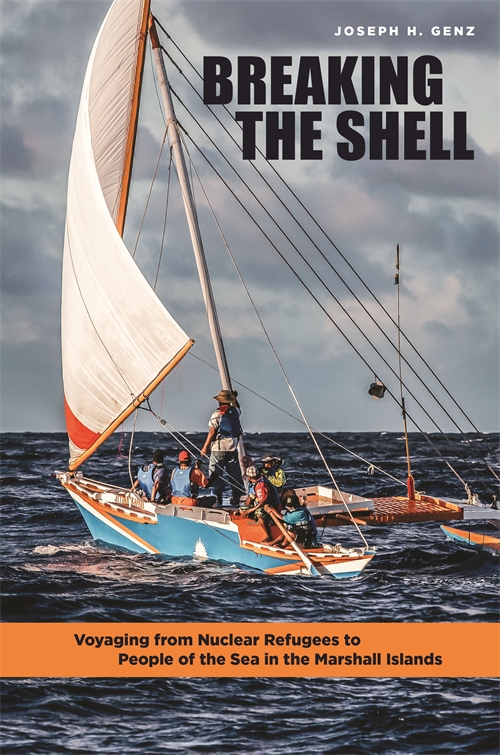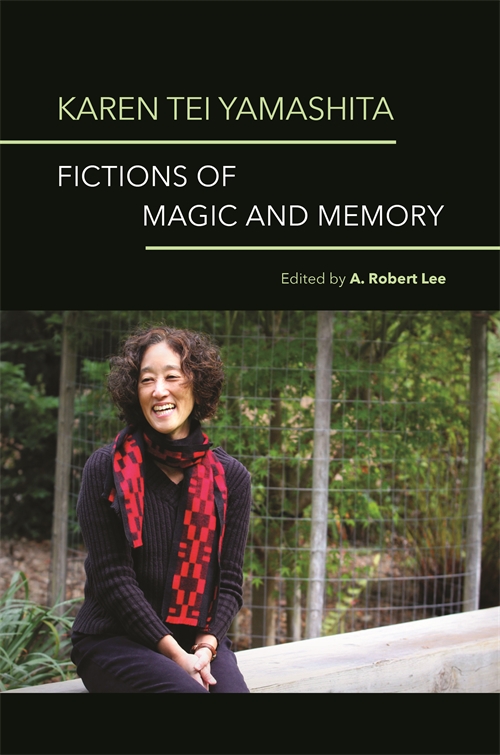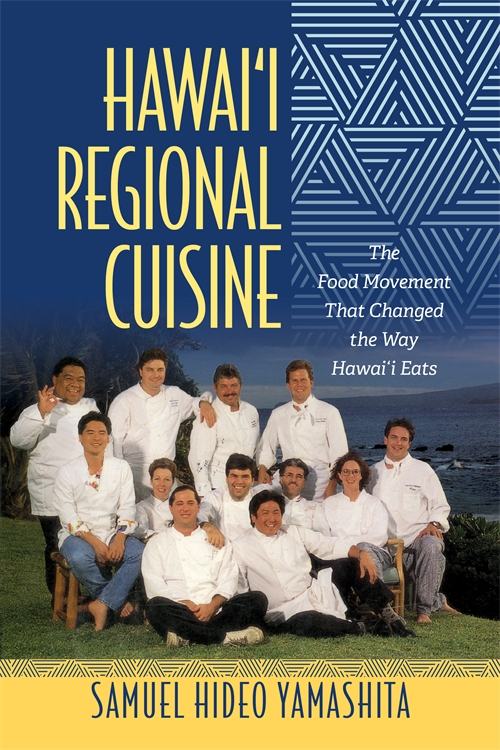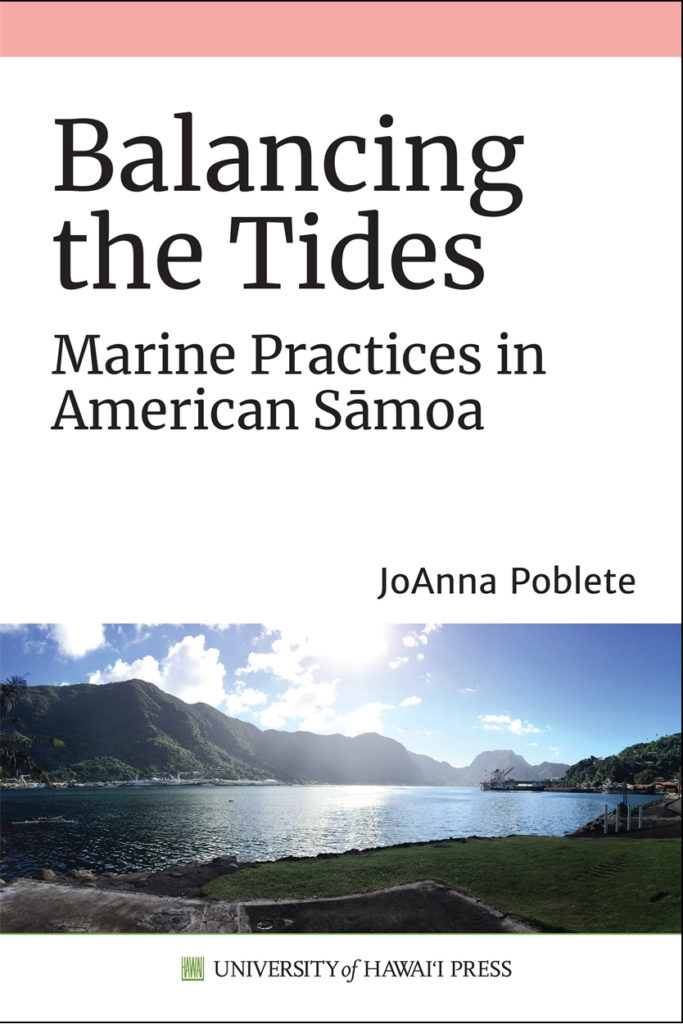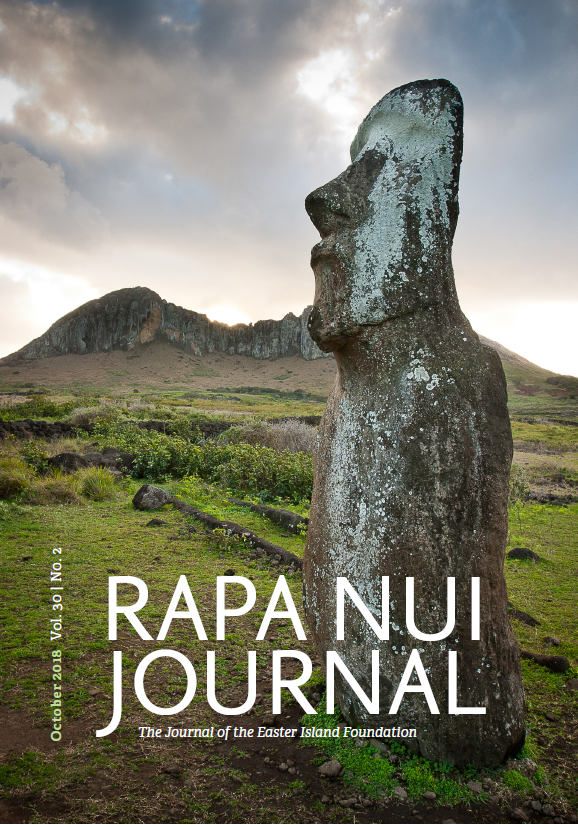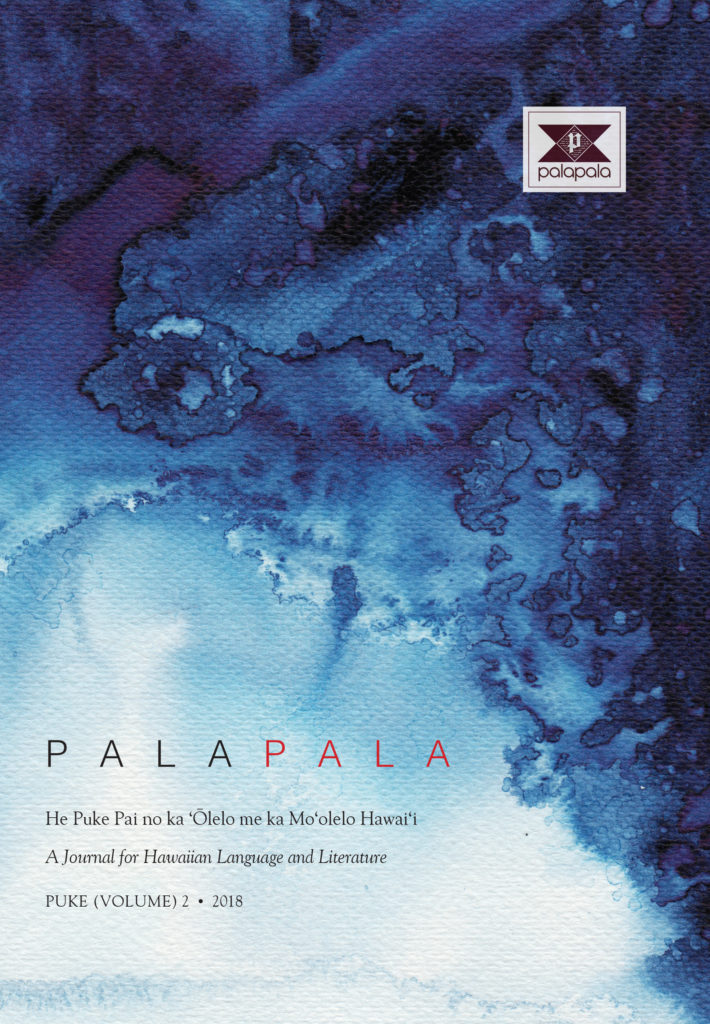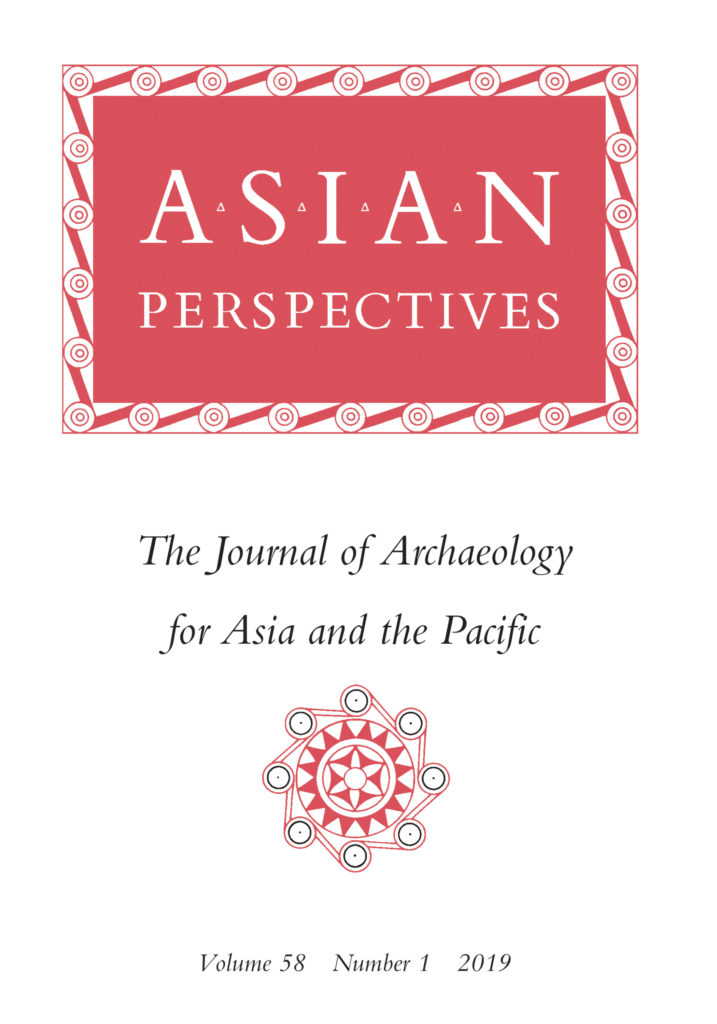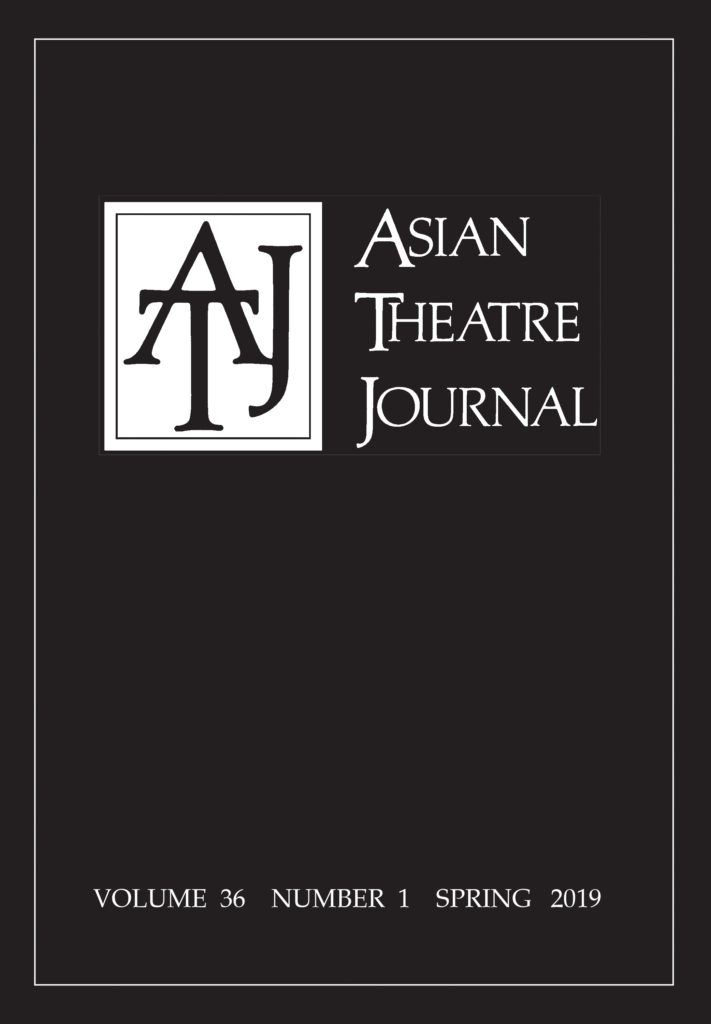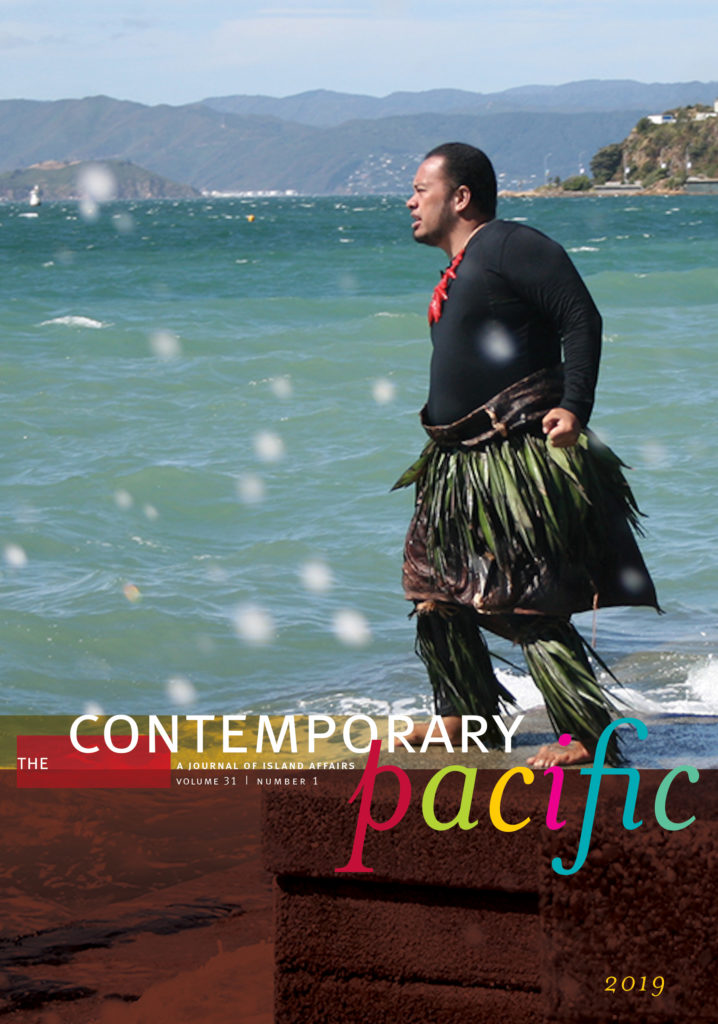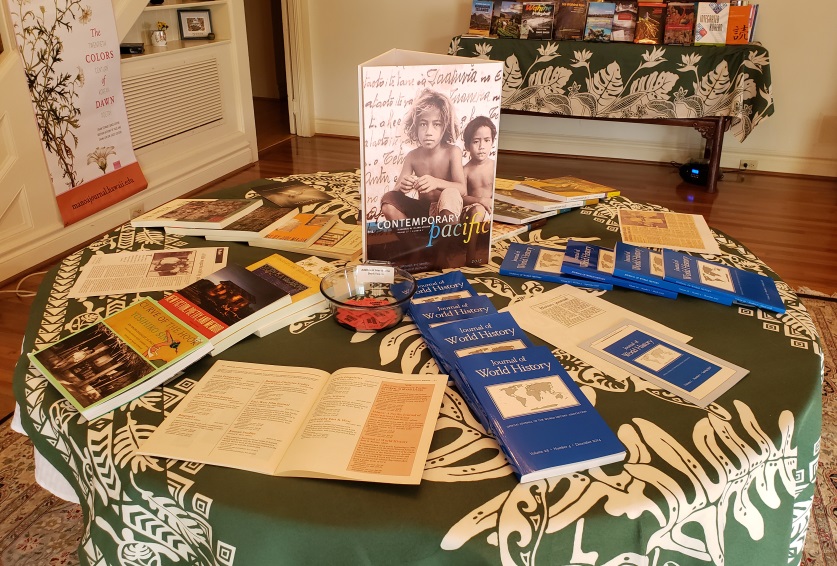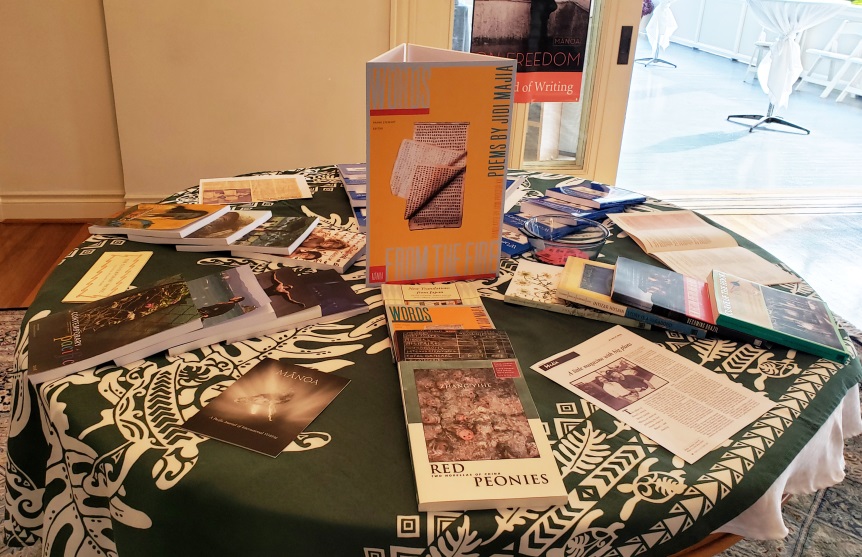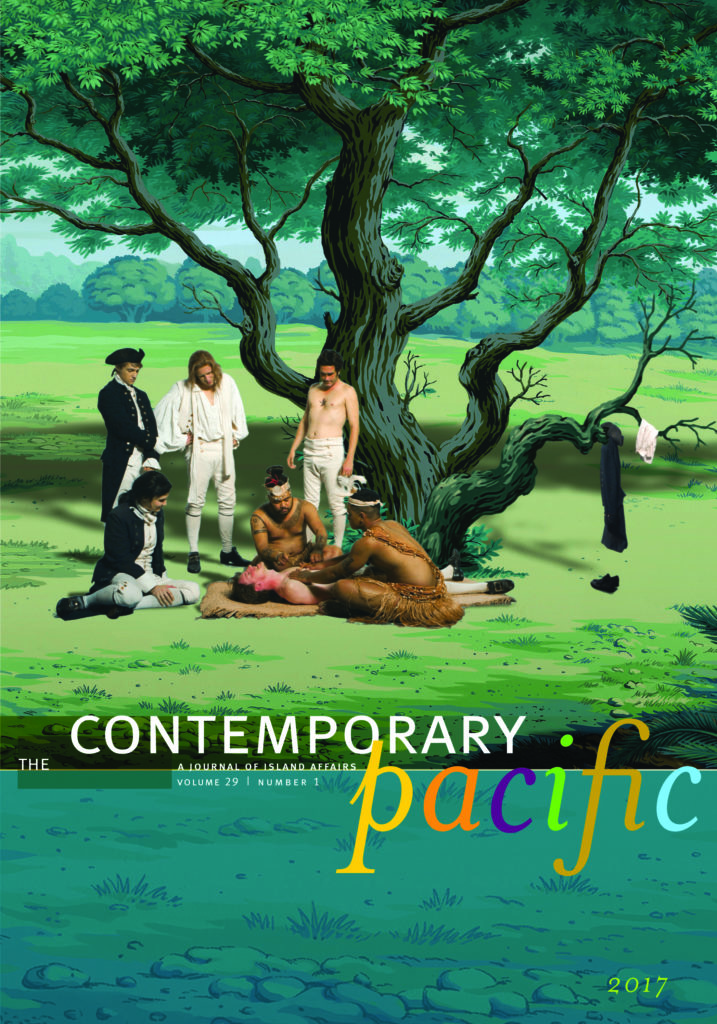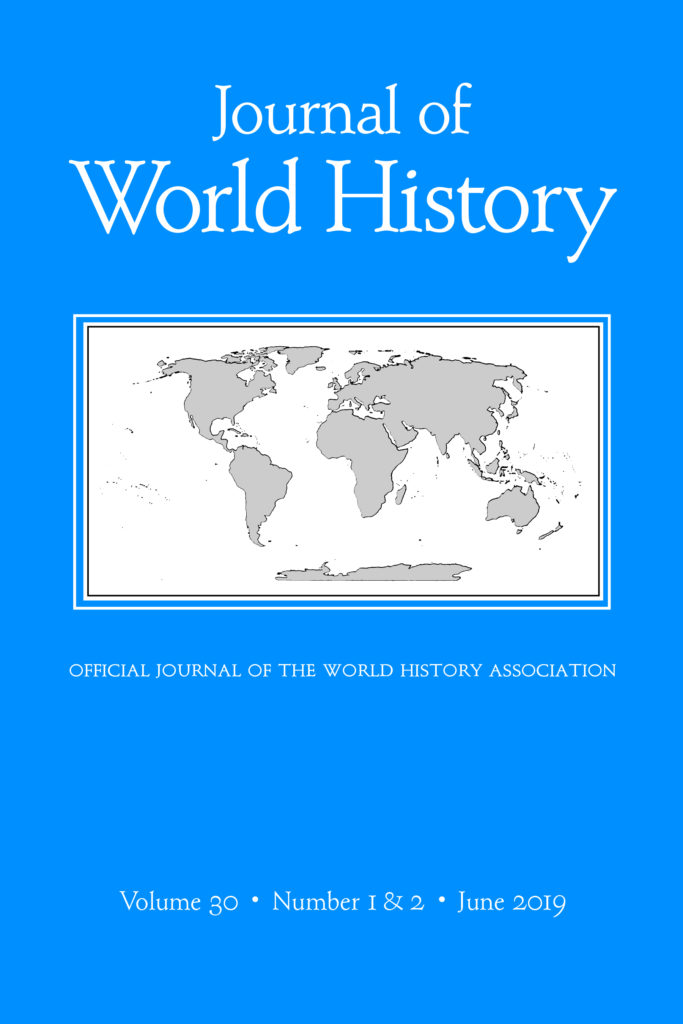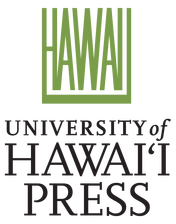As the state celebrates Hawai‘i Archaeology Week (Sept. 26-Oct. 2), two non-profit organizations join forces to launch the Journal of Polynesian Archaeology and Research, an open-access title that will soon accept submissions for its inaugural issue.
For more than three decades, both the Society for Hawaiian Archaeology (SHA) and the Easter Island Foundation (EIF) have been committed to promoting research and dialogue on the archaeology of Polynesia. While distribution of previous publications was limited to members, this new journal will be published open-access and freely available to all readers. Distributed by the University of Hawai‘i Press, the journal will publish peer-reviewed research articles, commentaries, and reviews that are of relevance to stakeholders and practitioners of archaeology and related research in Polynesia.
The Journal of Polynesian Archaeology and Research will be co-edited by Dr. Mara Mulrooney (board member of the EIF and current president of SHA) and Dr. Jillian Swift (board member and publications chair of SHA). The two editors developed the new journal as a forum to bring together important research and conversations around archaeology, history, and heritage management in Polynesia that are of significant relevance to both organizations. The new journal also brings into alignment several shared goals of the EIF and SHA, which include:
- Encouraging research and dialogue about Polynesian archaeology, historic preservation, and public outreach among researchers, heritage professionals, and other stakeholders
- Encouraging public education and appreciation of the aims and limitations of archaeological research, particularly through ethical archaeological practices and collaborative work with communities
- Advocating for and assisting with the preservation, interpretation, and respectful treatment of archaeological sites and material culture
“The Journal of Polynesian Archaeology and Research will continue the tradition of publishing cutting-edge results of archaeological research in Hawai’i and throughout Polynesia, as well as providing a forum for discussion and debate regarding archaeological practice in the region,” notes Professor Patrick V. Kirch of UH Mānoa. Kirch has been involved with both of the organizations’ previous publications as a previous Editor and Editorial Board Member, and will serve on the Editorial Board for the new journal. “I expect that the Journal will be an essential resource for both scholars and the engaged public.”
This fall, the editors will review manuscripts through the journal submission system (forthcoming), and in 2023 the first issue will be published on eVols, the University of Hawai‘i’s open-access, digital institutional repository for both the university community and researchers around the world.
The Journal of Polynesian Archaeology and Research will replace two journals that will cease publication, Hawaiian Archaeology (published by SHA) and Rapa Nui Journal (published by UH Press in collaboration with the EIF). Over the past 30 years, Rapa Nui Journal published more than 33 volumes and Hawaiian Archaeology published 15 volumes and four special publications. The archive of both publications will also be freely available via eVols.
For more information, visit uhpress.hawaii.edu/title/jpar
About the Easter Island Foundation

The Easter Island Foundation was founded in 1989 with the aim of creating a library on Rapa Nui (Easter Island) to house the collections of anthropologist William Mulloy and to encourage study and research about the island. The Foundation’s mission is to work towards the conservation and protection of Rapa Nui and its history, culture, and environment. Its scholarship program annually provides assistance to college students of Rapanui ancestry to help with their educational costs. Additionally, the Foundation works to promote, stimulate, and disseminate research on Rapa Nui and other Polynesian islands by members of scientific, historical, and cultural disciplines.
About the Society for Hawaiian Archaeology
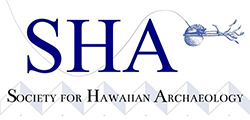
Founded in 1980, the Society for Hawaiian Archaeology’s mission is to promote and stimulate interest and research in the archaeology of the Hawaiian Islands through an annual conference, workshops, and other networking opportunities for its membership. It also seeks to serve as a bond among those interested in Hawaiian archaeology, both professionals and non-professionals, and aid in directing their efforts into more scientific channels as well as encourage the publication of their results.
